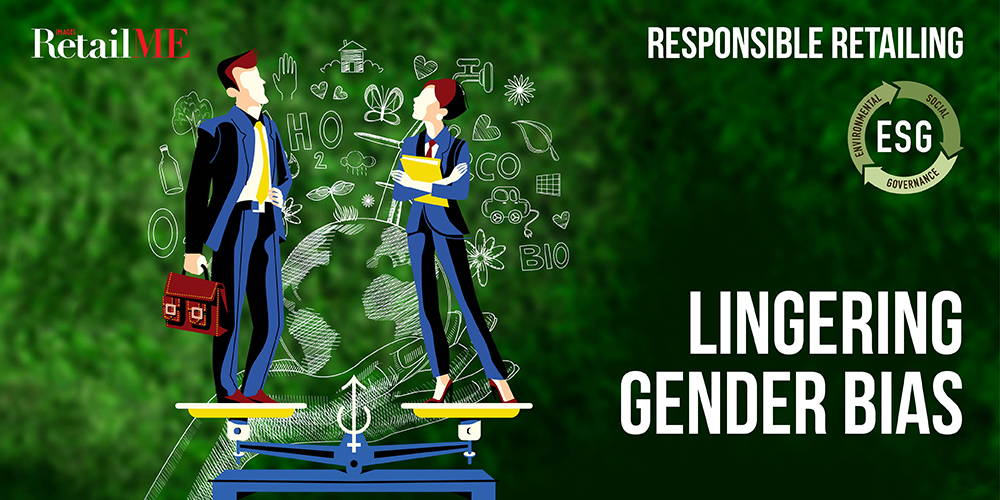
Lingering gender bias is a “foundational obstacle” impeding women’s workplace advancement
With 60% Qatari women employed in the workforce as of 2021, as per World Bank, Qatar boasts the highest female participation rate among the GCC countries. Closely followed by the UAE where 53% of Emirati women are part of the workforce. As such, female workforce participation in these countries outpaces the current global average of 47.4%.
Yet, lingering gender biases represent a “foundational obstacle” impeding women’s workplace advancement in the GCC region, indicated Bain & Company’s study titled ‘Advancing Gender Equity in the Middle East Workforce’.
For example, even though 6.7% of CEO positions in the UAE are held by women which is higher than the global average of 5%, there is no current example of women holding CEO roles at the top publicly listed companies in Qatar or Saudi Arabia. But there have been instances of women in CEO roles of large organisations in these countries in the past.
What are the roadblocks?
According to the Bain & Company study, 70% of women agreed that gender bias and stereotypes represent one of their biggest challenges to workplace advancement.
Interestingly, feedback from men seemed to support this assertion, as 20% of male survey responses included comments that could be characterised as biased, such as “men are better decision makers.”
These gender biases are not unique to the GCC region. They can be found in every region of the world. In fact, Bain & Company’s research on gender parity in the workforce across 12 countries indicated that bias continues to perpetuate differential treatment for women globally, rooted in conscious and unconscious bias, with systems that were designed with the majority (men) in mind.
Having said that, women in the GCC must overcome this “nagging obstacle” if they wish to pursue corporate leadership.
How to overcome the obstacles?
Starting with the most obvious step of putting in concerted efforts to recruit, train, mentor, support and promote female employees along their career trajectories and on the path to leadership.
“Beyond being the right thing to do, pursuing gender equity and inclusion makes good business sense,” the report stated.
Based on global and GCC data, teams that are gender and geographically diverse make better business decisions 87% of the time. When organisations have diverse and inclusive teams in place, they are five times more likely to innovate. In the GCC, 70% of top performing teams have a higher percentage of women. A diverse workforce is an important factor for 76% of job seekers and employees while evaluating organisations and job offers.
When establishing gender equity goals, organisations should keep in mind that the true “tipping point” of gender equity success tends to occur when women represent 30% of the overall workforce of the organisation, Bain & Company emphasised. This shift is even more keenly felt when women make up 30% of a workforce’s executive leadership. As companies grapple with global talent shortages, women can be a key part of the solution.
Notifications